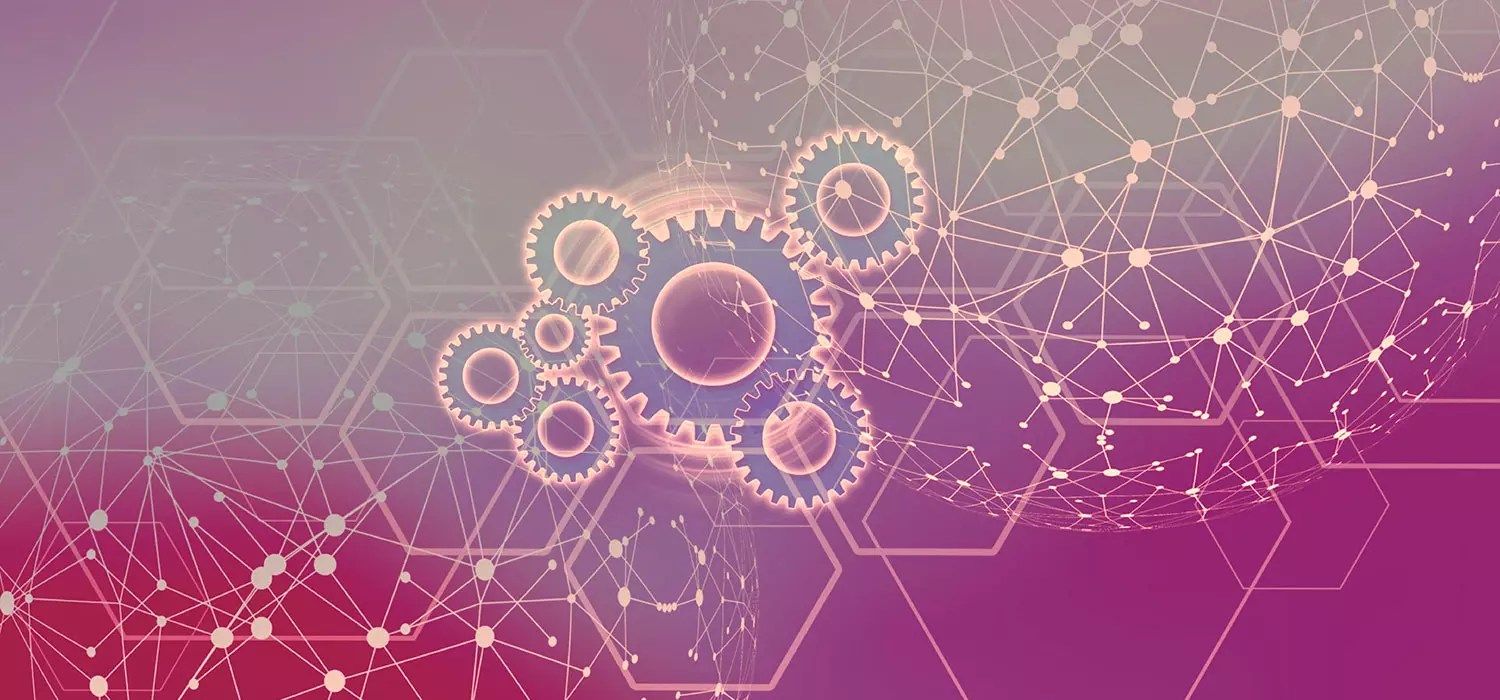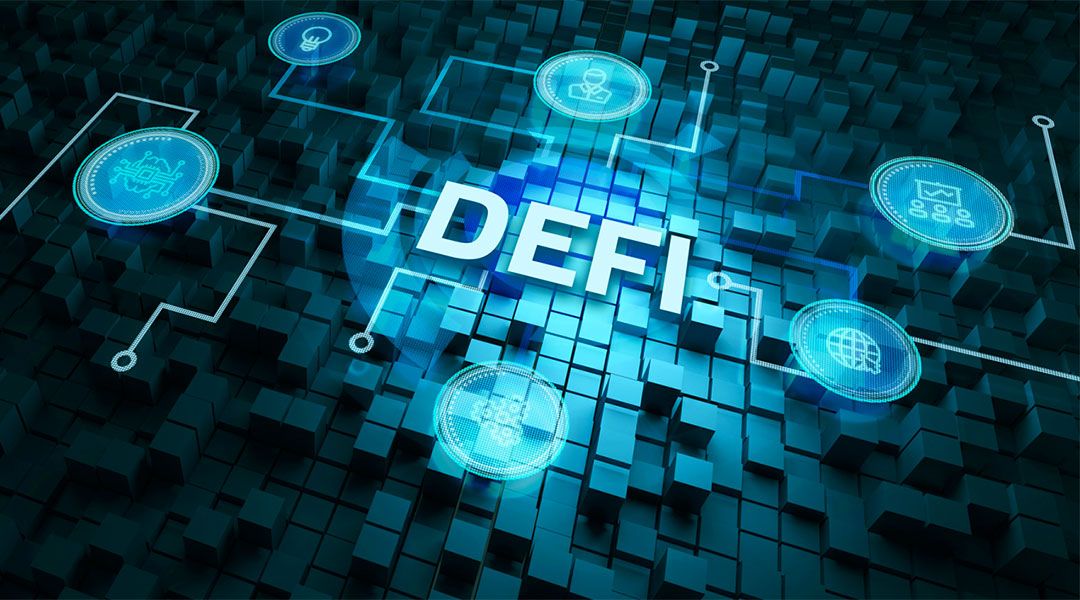Why Polkadot Will be a Catalyst for Decentralised Apps

Before September 2020, Polkadot was virtually unknown to the ordinary investors. By November 2020, it had a market cap of $5 billion. It has become the biggest conversation in blockchain technology. There are several good reasons for the massive interest in this blockchain. Top of these reasons is that it holds great promise in the push towards decentralised apps, including decentralised finance (DeFi).
What is Polkadot?
Polkadot is an open-source multichain that facilitates interoperability between other blockchains. It allows the cross-blockchain transfer of tokens, data, and any type of assets. This interoperability sets Polkadot apart from other blockchains like Ethereum.
Polkadot was launched as an open-source project in 2017 by Parity, which aims to build an ‘open society run on peer-to-peer networks’. The project was supported by the Web3 Foundation, which promotes a decentralised web. The founders are Dr Gavin Wood, Robert Habermeier, and Peter Czaban. Wood is also the co-founder of Ethereum.
Polkadot’s structure has four components;
- Relay chain– This is the core that facilitates consensus and interoperability among different chains. It also creates shared security in the multichain
- Parachains– These are independent chains that can create their own tokens
- Parathread– These are also independent chains that can make their own tokens but in a more flexible model
- Bridges– These are the facilitators of interoperability among parachains, parathreads, and external chains like Ethereum
The Polkadot multichain is also called the Ecosystem. This Ecosystem currently has more than ten independent network partners, among them Edgeware, Centrifuge, Acala, Polymath, Chainlink, Katal, ChainX, Laminar, Dock, Ocean Protocol, and Energy Web Foundation.
Why is Polkadot Unique?
Polkadot can process transactions across multiple chains simultaneously. This parallel processing capability gives Polkadot scalability that other chains lack. Polkadot allows the creation of custom chains that can quickly connect to the network. The apps developed by these custom chains can interact with each other.
Interoperability has been a big desire for makers of decentralised apps. This is because for true blockchain independence and flexibility to happen, different chains must interact. After all, as I wrote in my 2020 trend prediction, the future of blockchain is all about tailor-made chains interacting with each other and not one blockchain to rule them all. Polkadot’s Ecosystem project will facilitate interoperability among independent chains.
Polkadot is not the only platform focused on blockchain interoperability. There is also Cosmos, but Polkadot has gained more attention because Polkadot’s Substrate Framework offers more versatility and makes it very simple to launch a new blockchain.
Building and Securing Independent Blockchains
The Polkadot Ecosystem facilitates the building and securing of independent blockchains. These blockchains can be public or private. They can also be any form; private consortium chains, permission-less networks, and other Web 3.0 technologies.
Polkadot’s Ecosystem is anchored on an underlying framework called Substrate. It enables the rapid development of parachains that run natively on Polkadot’s Ecosystem. It is a significant advantage in the fast development of blockchain apps. The Polkadot Relay Chain APIs enable seamless interaction for rapid and cost-effective development of decentralised apps.
One of Polkadot’s main features is the shared security, which ensures that anyone can quickly spin up a novel blockchain without worrying about the challenging task of securing the chain. Due to Polkadot’s data availability and validity scheme, chains can connect and interact independently but benefit from a united security protocol.
Polkadot is upgradable without forking. Forking a blockchain creates a distinct and separate blockchain. Anyone who does not get on board the new fork continues dealing with blocks that are incompatible with the new blockchain. Avoiding forking is a significant advantage to the stability of the network and its value. It will avert uncertainties that have been seen in other chains like the various iterations of Bitcoin and Ethereum.
One of the most notable projects built on Substrate is Chainlink (LINK). The Chainlink parachain will bring Chainlink’s decentralised oracles to the Polkadot network. This will enable Polkadot app developers to connect their smart contracts and develop apps without creating oracles from scratch.
How is Polkadot Different from Ethereum?
Polkadot is being compared to Ethereum 2.0, which is the upgrade of the Ethereum blockchain that was launched earlier this week. Both use sharding to deal with issues of scalability, latency, and transactional throughput.
Blockchains like Ethereum 1.0 are built on the Proof of Work (PoW) mechanism. This is a consensus protocol that certifies each transaction to be recorded in the distributed ledger as true. In a PoW blockchain, each node (computer) records all the transactions in the chain.
A transaction must be authenticated by a majority of participating PoW nodes, which makes PoW chains very slow. Ethereum 1.0 processes a transaction in approximately 6 minutes while VisaNet processes 1,700 transactions per second.
Sharding solves PoW’s slowness. In simple terms, it is the breaking of the chain into smaller chunks (shards). Each node is responsible for recording and authenticating transactions in its local shard instead of authenticating all transactions like in PoW.
Nodes in a sharded network can still see what data is in other nodes for authentication purposes, but processing and storage are decentralised.
Beacon Chain vs. Relay Chain
While Ethereum 2.0 and Polkadot are both sharded networks, there is a slight difference in how they work. Ethereum 2.0 uses a Beacon Chain into which different parallel shards plug into for sharing of information. Only shards with the right structure can connect to the Beacon Chain.
Polkadot uses a Relay Chain to connect different shards (parachains). Each parachain operates independently. However, Polkadot’s Relay Chain is more flexible than Beacon Chain in the way it accepts shards. Each shard (parachain) makes its own rules (Meta Protocol). The Relay Chain accepts different parachains, which are executed by Relay Chain Validators using standard WebAssembly allowing for higher interoperability than Beacon Chain. External chains connect to Polkadot’s Ecosystem using bridged chains.
In effect, applications from Ethereum 2.0 can connect to Polkadot’s Ecosystem, but Polkadot apps cannot connect to Ethereum 2.0. This is because Ethereum 2.0’s Beacon Chain does not offer bridging for decentralised apps (dApps) developed outside the Ethereum ecosystem, as Polkadot’s Relay Chain does.
A good example of an Ethereum-based bridged parachain is the Moonbeam, which allows Ethereum 2.0 apps to run in Polkadot’s Ecosystem. There is also news that there will be wrapped Bitcoin parachain. It will enable users to mint 1:1 Bitcoin-backed assets onto Polkadot as PolkaBTC, which can be used for including decentralised exchanges, stable coins, and lending protocols.
Scalability
Polkadot’s all-welcome approach to (dApps) is the reason it holds a better appeal than Ethereum 2.0. It accepts apps made outside the Polkadot ecosystem by bridging. The fact that apps made in other chains and normal programming languages can connect to it makes it vastly scalable.
Polkadot’s higher interoperability offers a significant advantage over Ethereum 2.0. It allows developers to use other chains but still connect to Polkadot’s Ecosystem and enjoy a larger network. Ethereum 2.0 limited interoperability is yet to overcome this scalability issue.
This is a kind of Bring-Your-Own-Tools (BYOT) approach enabled by bridging. Polkadot’s bridges enable it to communicate with economically sovereign and technologically different chains. Developers don’t have to learn Substrate (Polkadot’s framework) to make apps that run on Polkadot. They can deploy their existing resources, which makes the development cycle cheaper and faster.
Scalability is key for DeFi developers. A sharded network that can be scaled allows them to build financial apps that are just as capable as current proprietor networks but will run very cheaply and be more secure.
Faster Race to the Market
Polkadot’s development is complete while Ethereum 2.0 is still developing, with a promised full functionality by 2021. While the Ethereum brand has been around for longer, Polkadot is a readily available, fully functional sharded network.
DApp developers may not wait for Ethereum 2.0 to become fully functional. It is hard to see how developers enjoying Polkadot’s higher interoperability will be convinced to turn to Ethereum 2.0.
What Potential Does Polkadot Hold?
The cryptocurrency based on the Polkadot network are tokens called DOTs. Smart contracts on the Polkadot ecosystem are enabled by exchanging DOTs. There are 1,017,795,644 DOTs trading at around $5.22 each (December 3, 2020). These are already tradeable in cryptocurrency markets and hold the real-world value of the chain.
One reason for the fast growth in Polkadot’s market cap is that investors feel Polkadot is highly undervalued. This is because Polkadot’s pioneering interoperability and scalability have the potential for being deployed in many real-world applications. Some say it the potential up to 100x.
But perhaps the biggest potential is in Polkadot’s applicability to building functional decentralised apps in different spheres of life. The most obvious is in decentralised finance (DeFi). Polkadot’s scalability and faster processing speeds, for example, could enable stock exchanges to process transactions faster and cut down on bureaucratic processes, while operating fully decentralised.
Polkadot applications will help bring the advantages of blockchain technology in security and transparency to financial applications. The full potential of blockchain technologies in finance has not been possible because areas like stock markets or ATM networks require very high transaction speeds and scalability. When complete, Ethereum 2.0 can only handle 100,000 transactions per second while truly data-driven companies such as Alibaba easily reach 583.000 transactions at peak days such as Singles Day. Polkadot has both speed and scalability and theoretically would enable >1 million transactions per second, according to Gavin Wood.
Final Thoughts
Some crypto pundits have nicknamed Polkadot as the ‘mother of all blockchains’. Polkadot’s high interoperability with different blockchains is revolutionary. But it goes beyond blockchains. Interoperability with standard WebAssembly (Wasm) is perhaps the start of a truly decentralised internet. This is because WebAssembly enables client apps to run on the web in multiple languages allowing greater compatibility on web browsers and other web technologies.
Polkadot could drastically change how the internet works. Decentralisation has huge implications on security, data costs, and censorship. It will be harder for governments to block a decentralised network. Polkadot will enable more versatile anti-censorship applications that improve on existing ones like Blockchain DNS and Tor. More decentralisation improves security because there are more paths for obfuscation. Higher scalability enables these networks to respond more robustly to higher network loads.
The potential for Polkadot based apps is limitless, and I am looking forward to Polkadot’s development in the coming year.
Image: JumpStory





